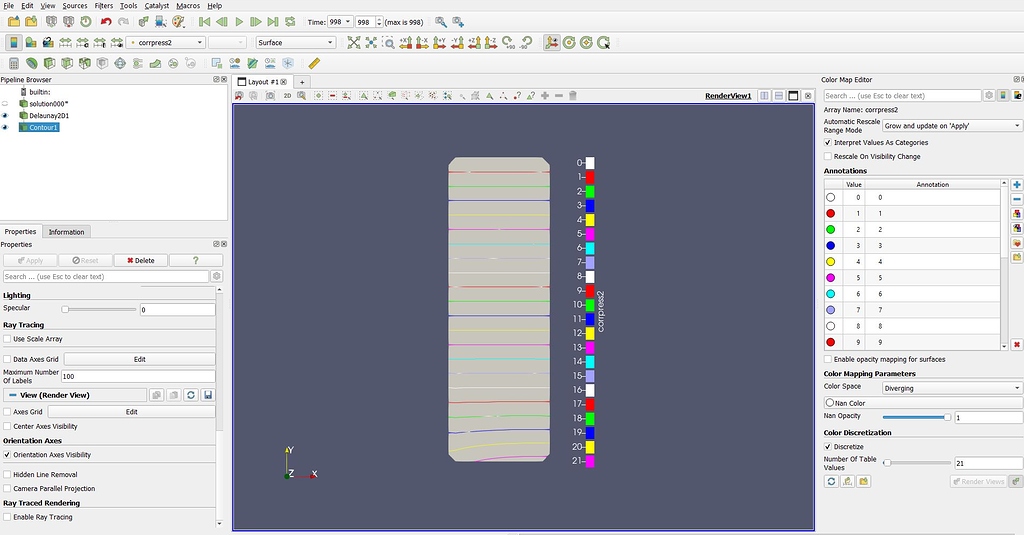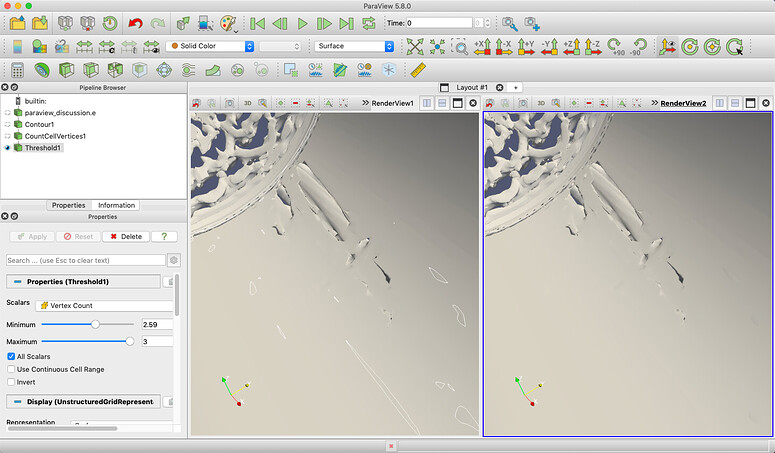

The exports from OpenFOAM, the image generation in pvbatch and the animation building are all done on the same instance that ran the simulation. Then I’ll use a player that supports scrubbing (like QuickTime or VLC) to play them back later as a flick book.
Smooth in paraview movie#
Most of my standard outputs are animations, so I’ll use FFmpeg to bundle the images into an MP4 movie file. I use Python scripts & the ParaView script runner (pvbatch) to produce the images. It’s not perfect but it’s a quick & easy way to start figuring out which Python commands you need. Pro Tip: Use Trace (Tools > Start Trace) in an interactive ParaView session to record the Python commands that correspond to what you’ve just done. The exports are done in parallel, so no need to reconstruct the model & they’re lightweight to use in ParaView.īatch plots are automated using ParaView’s Python API (the simple one & even that one tests my limited Python Skillz). For the batch processing I export the assets I need – surfaces, slices, streamlines, etc. That’s the only time I read complete cases into ParaView. On the occasions that I need to dig a little deeper, I’ll fire up an interactive session & have a poke around. Each project has its standard set of animations, output at the end of each run, for quick & easy comparison with previous results. Most of my post-pro is generated in batch mode. It’s got everything I need to do my day-to-day post-pro, it’s open-source and it plays nicely with OpenFOAM – a triple bonus.


It was pretty good then & it’s come a long way since. I’m a huge fan of ParaView, I remember stumbling across it while looking for an EnSight replacement around 12 years ago. We’re 10+ issues in now & we haven’t had any ParaView content yet – let’s remedy that, right now. It’s Robin from CFD Engine, back with your weekly slice of CFD goodness.


 0 kommentar(er)
0 kommentar(er)
